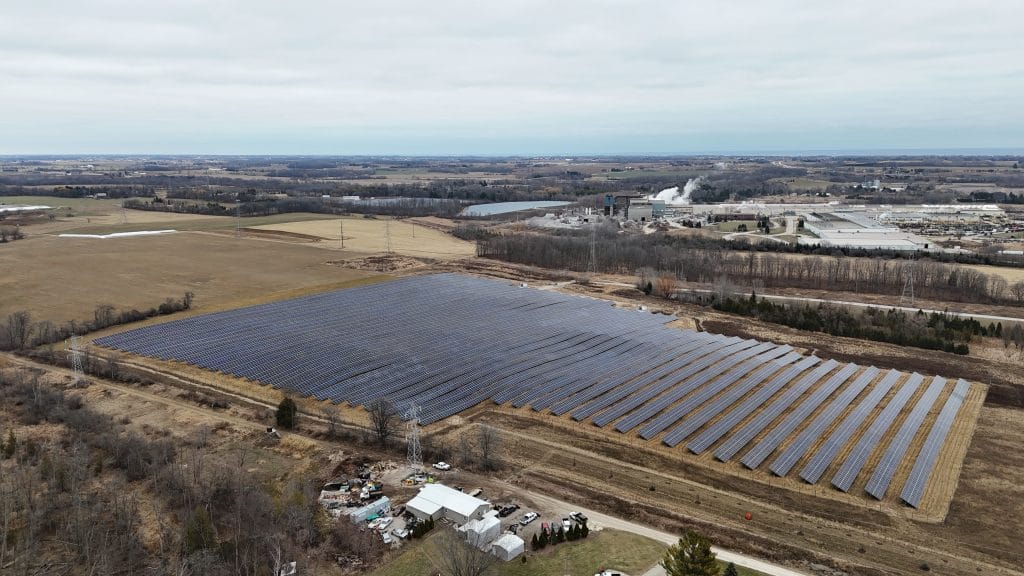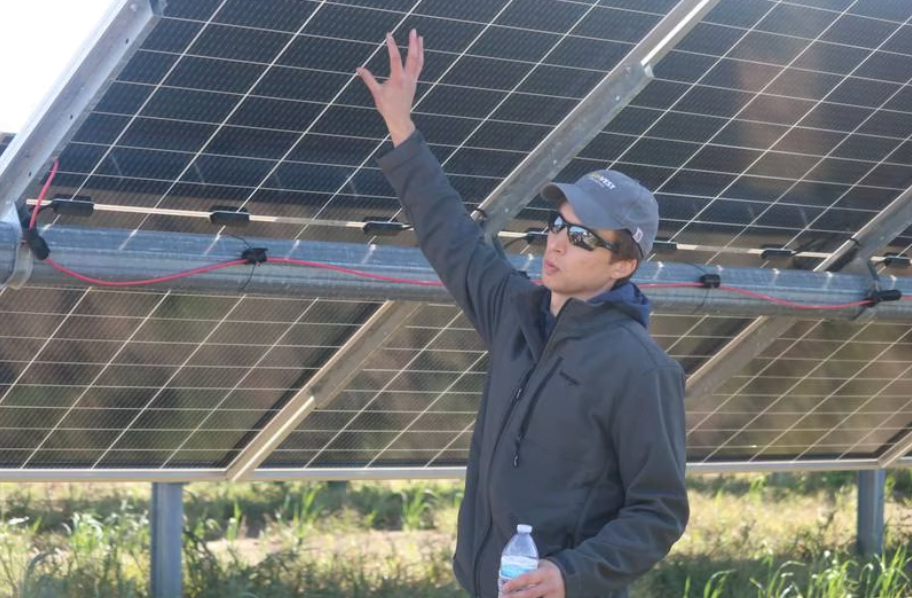How Businesses Can Benefit from Solar Tax Incentives
When lawmakers want to create more of something, one of their most common tools is to offer incentives through the federal tax code. As a result, the government offers tax credits for home mortgages, charitable contributions, health savings accounts, and many other items. To help incentivize clean renewable energy, the federal government offers specific tax incentives for solar installations.
We know, tax policy is arcane and boring! How does a business use these tax credits to put solar on its roof? Of course, you’ll always want to speak with your accountant or tax counsel to get the details, but here are the basics.
Types of Solar Tax Incentives
1. Federal Solar Investment Tax Credit and Power Purchase Agreements
Under the Federal Solar Investment Tax Credit (ITC), owners of a new residential or commercial solar project can deduct 26% of the cost of installing a solar system from their taxes. On its face, the ITC is fairly simple: deduct the cost from your taxes. But taxes are never that simple.
To get a tax credit, you need to have a tax liability, or you must owe enough taxes to reduce them by the amount of the credit. This can pose a problem for large systems where 30% of the system can cost hundreds of thousands of dollars, and not every business owes that much in federal taxes. This can also pose a problem for other entities, like schools, nonprofits, etc. who don’t pay federal taxes.
That’s where SunVest can help monetize the value of the ITC using a Power Purchase Agreement (PPA). Under a commercial PPA structure, the solar panels will still be on your roof, but you won’t own them. SunVest will design the system to meet your power needs, install it and provide ongoing maintenance.
We then work with a variety of specialized lenders that do have a tax liability. This helps us turn the tax credit into tangible value. The end result: regardless of your tax status you save money on your power bill!
Tip: To see if your solar installation qualifies for the ITC, refer to this fact sheet from the Department of Energy.
2. Solar ITC Sunset and Safe Harbors
When it was first passed in 2005, the Solar ITC was worth 30% of the cost of the system. A few years ago, Congress passed an amendment that would step down the amount of the credit each year. While the current value for a system that begins construction in 2022 is 26%, that is set to step down to 22% at the beginning of 2023, and 10% in 2024. (That is unless Congress passes an extension, but that’s a topic for another day).
However, there are ways a project can capture a higher value even if it doesn’t start construction in that year. The most common way is to achieve “Safe Harbor.” IRS allows a project to achieve Safe Harbor if it has spent 5% of the project value in a calendar year.
So, if a business has purchased enough panels, racking, or other components to satisfy the 5% threshold, it can claim ITC Safe Harbor for 2022. This means it will receive a 26% tax credit even if the client doesn’t actually construct anything on its roof until 2023.
Of course, many businesses don’t want to deal with all this complexity. This is another unique value SunVest can provide. We often buy panels in bulk and warehouse them just for this purpose. This way, if a client wants to install a system in 2023 for instance, we will likely have safe harbored panels in a warehouse that we can use on your project. It’s just another way we can leverage our understanding of the law to help customers save money.
3. Other Federal Tax Incentives
Several other federal tax incentives can reduce the cost of solar. One of which is accelerated depreciation, which is an aspect of the smart tax policy that provides greater investment in renewable energy and ultimately lowers costs for consumers.
4. State Tax Incentives
Some states have state tax incentives to help business reduce their state income taxes. Depending on the state that you live in these incentives can vary. So, when you’re ready to install your solar system, SunVest can help you explore that value for your installations.
5. Other State Incentives
Many states create other tax incentives that can be equally if not more valuable than the Federal ITC. States like Illinois, New York, New Jersey, and other states offer Renewable Energy Credits (RECs) or other mechanisms through the state and/or local utility. Because there are several incentives in every state, SunVest can help navigate this for you to ensure you’re getting all potential savings.
With several solar tax incentives available, installing a solar array for your business can be more cost-effective than you might have previously thought. But because tax law can be incredibly complex, always consult your accountant or a knowledgeable tax attorney before taking the plunge.
SunVest can help guide you in the process on which route is the best. Reach out to us today and learn how your business could benefit from going solar.



